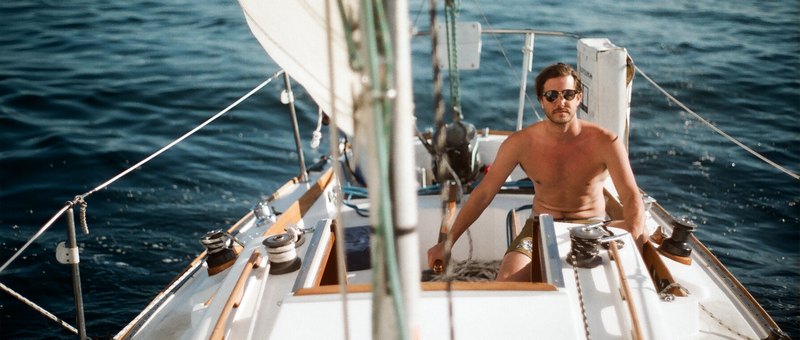Phone: (301) 352-5738
Email: info@CoastalClimateControl.com
Office | Warehouse:
1598 Whitehall Road, Suite D
Annapolis, Maryland 21409
How many solar panels do I need to run my boat's refrigeration?

An increasingly popular question we hear at Boat Shows is "What size solar panel do I need to run the refrigeration on my boat?" Of course, this begs the question "What is your refrigeration's current draw?" which in itself may not have a set answer.
The current consumption of any refrigeration system is meaningless unless all the conditions are specified, i.e. box temperature, ambient temperature, water temperature, compressor speed, voltage, etc. The manufacturer's figures are simply average numbers; some manufacturers, like Frigoboat, attempt to give a true average figure, while others use their figures more as a marketing tool.
Making use of variable compressor speed, as Frigoboat does with the Merlin II and Guardian speed controls, and others do with the Danfoss/Secop AEO control module, brings even higher efficiency and lower overall power consumption in air- and keel-cooled systems, but is counter-productive in a pumped-water system. This is because the pump adds 25% to 35% extra current draw, and so it is best to run the compressor at full speed and get the job done as quickly as possible. The most efficient system is one using the Keel Cooler; no pump, no fan, and variable compressor speed can be used to gain even higher efficiency.
Daily consumption is measured in amp/hours per day, and you can get an idea of what to expect by using a watts meter, like Watts Up, on your refrigerator leads. These meters can tell you how many amp/hours per day a device is using, and it's best to use it over several days to get a daily average. The running consumption will vary dependent on conditions, as will the on/off cycle time, so you will need to be able to come up with an average daily amp/hr draw.
As a general rule of thumb, a solar panel with SunPower® cells will give approximately 1/3 of its rated wattage as a daily yield in amp/hrs. A panel with regular monocrystalline cells will produce about 1/4 of its wattage as daily amp/hrs, and a polycrystalline panel produces around 1/5 of its wattage rating in amp/hrs per day.
Let's take an example:
A Frigoboat Keel Cooler system using 25 amp/hrs a day (a typical report from cruisers in The Caribbean with a 6 cu ft box). If the boat has "normal" monocrystalline solar panels, i.e. not the high efficiency ones with SunPower® cells, they will produce around 1/4 of the rated watts output in amp/hours per day; so with these types of panels the boat will need at least 100 watts (25 amp/hours x 4 = 100) of solar just to keep the fridge and freezer running. If the panels are made with SunPower® cells, then count on needing only 75 watts (25 amp/hours x 3 = 75) of these higher efficiency rated panels to do same job. That's assuming there is a battery bank large enough to hold the necessary reserve needed should the sun not shine for a day or two.
All of this is explained further in our guide Marine Solar Systems – Planning and Installation.
By accepting you will be accessing a service provided by a third-party external to https://coastalclimatecontrol.com/






